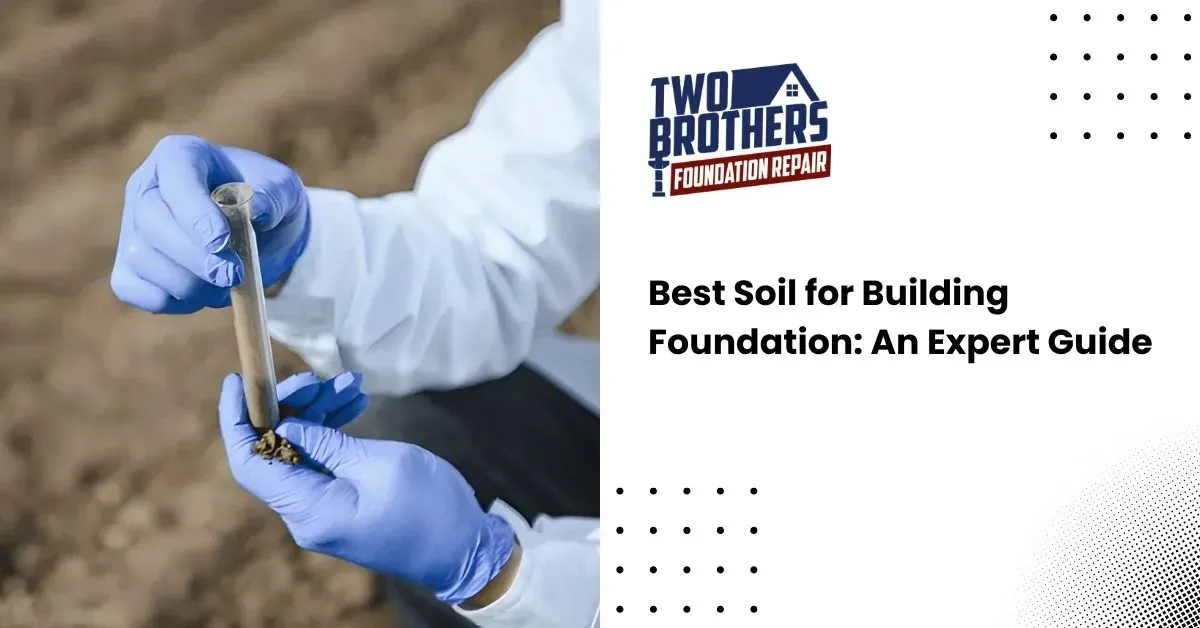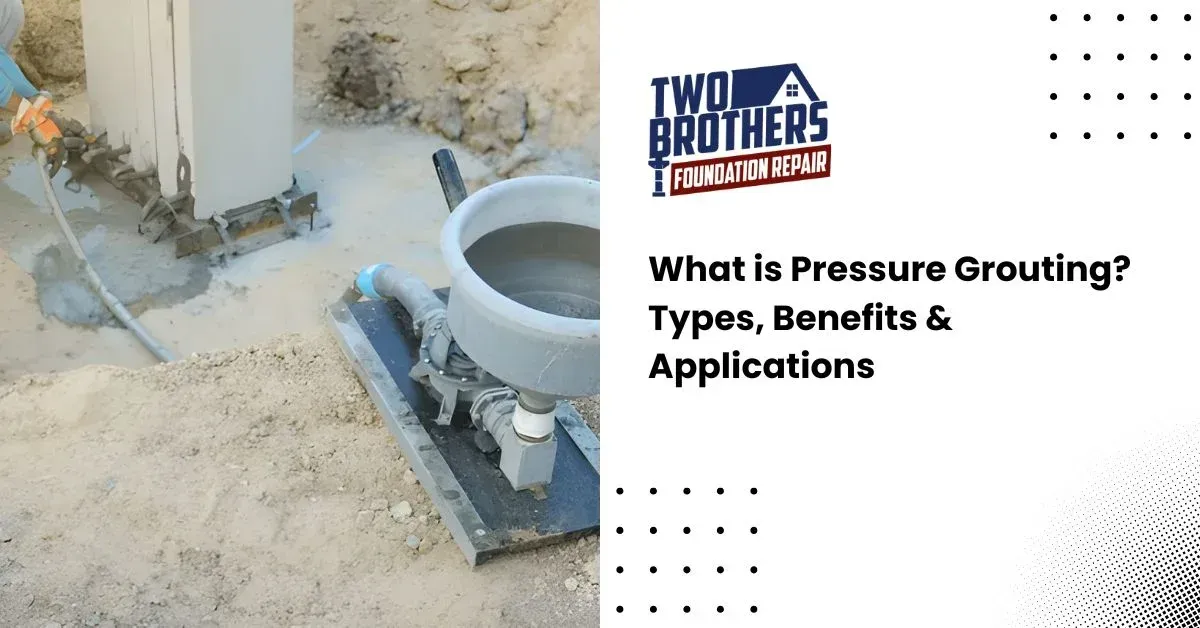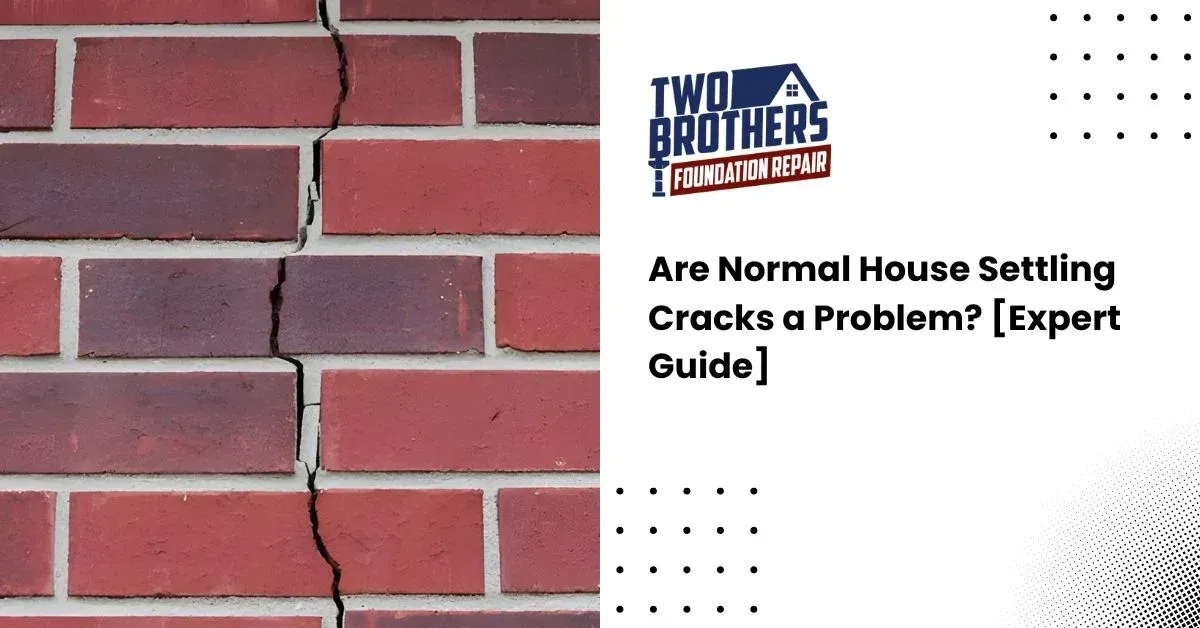How Does a Dry Well Work to Prevent Flooding and Damage
Ever notice how some yards never seem to dry out after a storm? That’s where a dry well comes in.
But how does a dry well work?
It’s an underground system designed to catch extra water and slowly release it back into the soil. As it moves water away from the surface and your foundation, it keeps your property safe.
In this article, we’ll discuss how a dry well actually works, the benefits it offers, and when another option, like a French drain or sump pump, is appropriate.
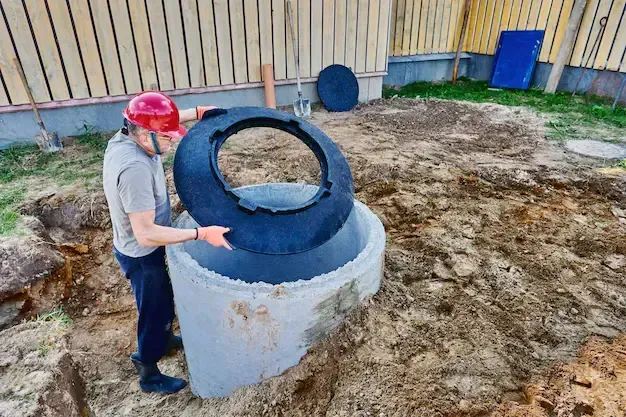
What is a Dry Well?
A dry well is an underground system. It is designed to manage excess water from rain, downspouts, or surface runoff. It consists of a perforated chamber surrounded by gravel. This filters water into the surrounding soil.
But what is the purpose of it?
According to the University of Florida, one inch of rainwater per 1,000 square feet of roof will result in about 600 gallons of collected water. A dry well helps stop water from pooling in your yard, flooding low spots, or putting pressure on your foundation.
Unlike drains that simply move water somewhere else, a dry well disperses it straight into the ground.
That makes it especially useful in areas with poor soil drainage or lots of hard surfaces that don’t absorb water.
How Does a Dry Well Work?
A dry well manages water through a simple three-step process: collection, flow, and dispersal.
Here’s how it works:
Collection
Water from your roof, gutters, or sump pump doesn’t have to sit on the surface. Instead, it’s directed into the dry well chamber until it can slowly filter back into the soil.
Flow
As the chamber fills, the weight of the water creates pressure. That pressure forces water out through small perforations in the dry well’s walls.
Dispersal
The gravel surrounding the chamber filters debris and slows the release. Water then spreads evenly into the surrounding soil. This prevents erosion, puddles, and foundation strain.
Different Types of Dry Wells
There are different types of dry wells for different needs, and these are:
Gravel Dry Wells
This is the old-school fix. An expert team digs a hole, lines it, and fills it with gravel or stone. When water pours in, it slips between the rocks and slowly drains into the ground.
It’s affordable, simple, and for smaller yards with decent soil, it’s usually enough. But it often needs more room and doesn’t store as much as newer systems.
Prefabricated Chambers
Now, if you want something sturdier, go with prefabricated chambers. These are heavy-duty plastic or concrete units with small holes all around them.
Once you set them in the ground and surround them with gravel, they can take a good amount of water. They also hook right up to downspouts or drains, which makes them a favorite for most homeowners.
Modular Systems
Some yards are sloped weirdly, or you deal with runoff in just one corner. In this situation, modular systems let you piece things together.
First, you stack them, line them up, make them fit the space you’ve got. Each unit holds about 50 gallons, and when you connect them, they work like one big system.
Homeowners like these because they’re flexible, and you don’t need to dig out a massive pit to make them work.
Concrete Galleys
Concrete galleys are for serious water problems. These are for places where storms leave you with standing water every time.
Each galley can hold hundreds of gallons, and you can link several together if needed. They’re built from reinforced concrete, so once they’re in, they’re not going anywhere.
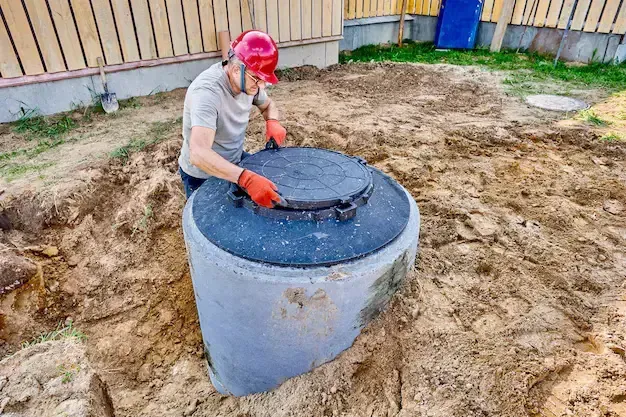
Benefits of a Dry Well Drainage System
On the surface, a dry well might look like nothing more than a pit lined with gravel. But once it’s in place, it does a lot more than you’d expect
Here’s why they’ve become a go-to option for managing runoff:
Flood Prevention
A dry well is built to handle what your yard can’t.
During a heavy storm, water rushes off your roof and driveway faster than the soil can absorb it. Without a system in place, it pools where you least want it, like near your foundation.
A dry well takes that surge, holds it underground, and then lets it drain at a steady pace. Thus, it puts less stress on your home’s foundation.
Groundwater Replenishment
Urban development leaves little room for rain to soak naturally into the earth. Concrete and compacted soil block absorption. This is why water runs off instead of filtering back down.
A dry well bypasses those barriers and returns it to the local water table. This keeps soil healthier, supports plant life, and helps maintain groundwater supplies.
Environmental Protection
Runoff carries oil, lawn chemicals, and debris straight toward storm drains. From there, it can end up in rivers and streams untreated. A dry well interrupts that cycle.
Its gravel and soil bed acts as a natural filter. This traps much of the grit and slows down the release.
Dry Well vs. French Drain vs. Sump Pump: What’s the Difference?
While a dry well is one of the most effective ways to handle excess water, there are other options as well. We have discussed them below:
| System | How It Works | Best For | Key Point |
|---|---|---|---|
| Dry Well | Stores runoff underground and releases it into the soil. | Yards with pooling water or surface flooding. | Low maintenance, eco-friendly, but needs good soil. |
| French Drain | Redirects water through a gravel trench and pipe. | Soggy yards or water pressing against basement walls. | Effective redirection, but it can clog and needs a slope. |
| Sump Pump | Pumps water from a basin inside the home to outside. | Homes with basement flooding or high water tables. | Powerful protection, but requires power and upkeep. |
Dry Well
A dry well is the spot where extra water disappears.
Runoff from gutters, drains, or even a sump pump collects in an underground chamber. From there, the soil slowly absorbs it.
If you deal with standing water in the yard or near your foundation, a dry well will be suitable.
French Drain
A French drain doesn’t store water; it moves it. It’s basically a trench with gravel and a pipe that guides water away from trouble spots.
If your yard always feels soggy or water builds up against the basement walls, a French drain is appropriate. It lets the water out, instead of letting it sit and cause damage.
Sump Pump
A sump pump sits in a pit, waits for water to rise, and then pumps it outside. Homes with high water tables or basements that flood regularly often rely on one.
It is appropriate for high water areas.
Signs You Need a Dry Well
A dry well is a solution for particular problems. If you notice any of these issues around your property, it may be time to install one:
Persistent Water Pooling
After a storm, does your yard stay soggy for hours? Maybe even days? That’s water with no escape route.
A dry well gives it a place to go, so your lawn doesn’t feel like a swamp.
Downspouts Too Close to the House
Gutters move water off the roof, but if downspouts dump it right beside your foundation, you’re asking for foundation cracks and leaks. Hooking those spouts into a dry well moves the water out of danger.
Runoff from Hard Surfaces
Driveways, patios, and walkways don’t soak up rain. They push it. And usually, it runs straight to the lowest part of your yard. Or worse, against your foundation. A dry well catches that rush and slows it down before it causes real damage.
Soil Erosion on Slopes
If your home sits on a slope, heavy rain can wash soil downhill like clockwork. That runoff eats away at the yard and weakens the ground near your home. A dry well at the bottom of the slope takes the hit and spreads the water out safely.
Small or Tight Yards
Not every property has the space for trenches or big drainage systems. When space runs out, the only option is down. A dry well works vertically, underground, making it the go-to fix for compact lots and city yards.
Similar Read: Signs Your Houston Foundation Might Be Damaged and Why It Matters
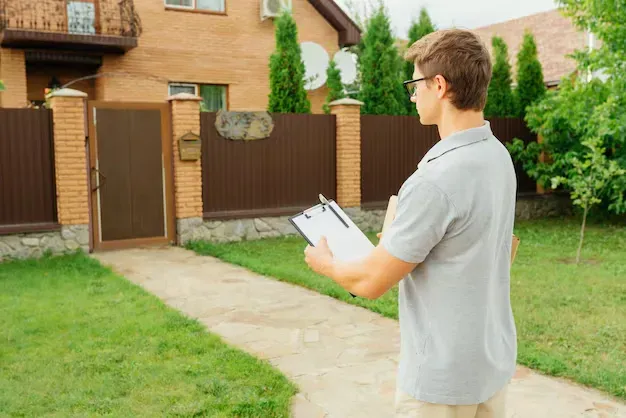
How Two Brothers Foundation Repair Installs a Dry Well System
A dry well might look simple once it’s in the ground, but it takes skill, planning, and precision to install one. At Two Brothers Foundation Repair, our team handles every step to protect your property for years to come.
Here’s how we build it:
Step 1: Site Inspection
Every yard is different. We start by inspecting your property to pinpoint the best location for the dry well. That usually means finding a low spot that collects water, while keeping the system a safe distance from your foundation.
We also understand soil type, slope, and runoff volume all factor into the plan.
Step 2: Excavation
Next comes the digging. For most residential projects, that means 4 to 8 feet deep. But larger systems may go deeper depending on how much water needs to be managed.
Step 3: Lining and Stone Base
Once the hole is ready, we line it with landscape fabric. This keeps fine particles from clogging the system over time. Then, a thick base of clean stone is added.
The stone we add here increases the amount of water the structure can hold.
Step 4: Setting the Dry Well
Depending on the project, we place a prefabricated chamber or install multiple concrete galleys. These are built to handle large volumes of water and gradually release it into the surrounding soil.
For properties with major drainage challenges, we link multiple units together to increase capacity.
Step 5: Connections and Clean-Outs
We tie the dry well into your existing drainage setup. It can be downspouts, French drains, or sump pumps. Clean-out ports are also installed to make future inspections and maintenance simple.
Step 6: Backfilling and Covering
Finally, we backfill around the chamber with gravel to keep everything secure and add more water-holding volume. Then we cover the top and restore the area.
Conclusion
Now you know how a dry well works. Still, dry wells aren’t right for every property. Soil conditions, yard layout, and water volume all play a role in choosing the best solution.
That’s where Two Brothers Foundation Repair comes in. Our team checks your home’s drainage needs and recommends the right system to protect your foundation. Schedule your free consultation today!
Frequently Asked Questions
How deep should a dry well be?
For most homes, 4 to 8 feet gets the job done. That’s the range contractors use. If you’re dealing with heavy runoff or stubborn soil, you may need to go deeper.
How long does it last?
A well-built system can run for decades. But the materials or your soil type influence how long it will last.
Do dry wells require maintenance?
Yes, but a little. Occasional inspections and clean-outs keep the system running smoothly. Clearing out debris from inlet pipes is usually enough to prevent clogs.
What soil is best for dry wells?
Sandy soil is ideal as it drains quickly. Loam works fine, too. But clay is the troublemaker. It holds water like a sponge, and that can make the system back up instead of draining.



